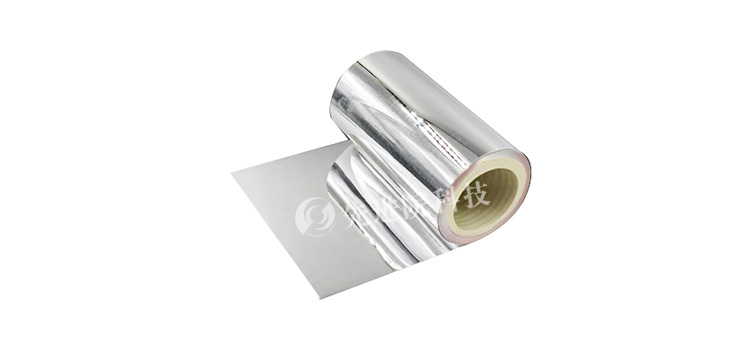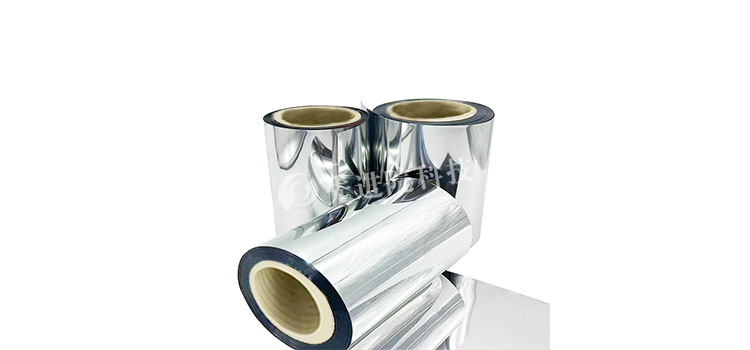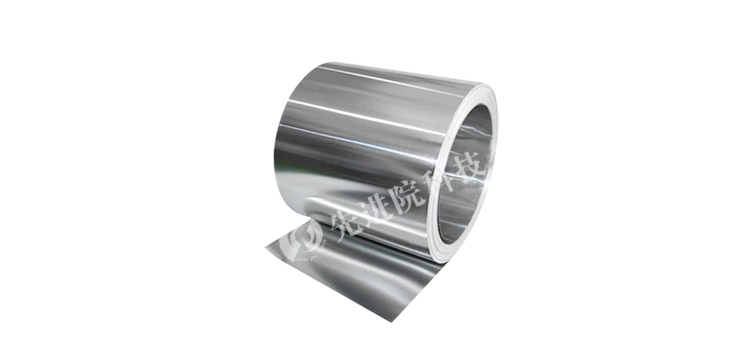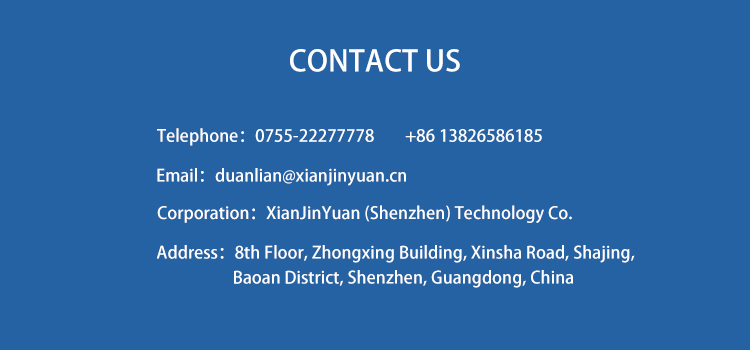

Hotline:0755-22277778
Tel:0755-22277778
Mobile:13826586185(Mr.Duan)
Fax:0755-22277776
E-mail:duanlian@xianjinyuan.cn
In the vast field of materials science, polypropylene (PP) film occupies a pivotal position in many industries due to its excellent mechanical properties, chemical stability, and processability. In recent years, with the rapid development of optoelectronic technology, electromagnetic shielding, and packaging industry, PP film has been achieved through silver plating technologyPP silver plated filmDue to its unique optical reflectivity, conductivity, and aesthetics, it has become a new favorite in scientific research and industrial applications. The production process and product characteristics of PP silver plated film, especially its highly customizable thickness in the range of 12 μ m to 30 μ m, and how this feature endows the product with broader application potential.
The production of PP silver plated film is the process of depositing a uniform and dense silver layer on the surface of PP film through physical or chemical methods. This process not only requires a good bonding force between the silver layer and the PP substrate, but also ensures the smoothness, uniformity, and corrosion resistance of the silver layer to meet the needs of different application scenarios. Common silver plating methods includeVacuum evaporation, sputtering, chemical platingEach method has its own advantages and disadvantages, and the selection should be based on a comprehensive consideration of product performance requirements and production costs.

pre-processing
Before silver plating, PP film needs to undergo strict surface pretreatment to remove surface dirt, improve surface energy, and ensure that the silver layer can adhere firmly. This usually includes steps such as cleaning, drying, roughening, and sensitization activation, each of which is crucial and directly affects the quality and performance of the final product.
Silver plating process
Taking vacuum deposition as an example, PP film is placed in a vacuum chamber and evaporated by heating a silver source. Subsequently, silver atoms condense on the surface of the film to form a continuous and dense silver layer. During this process, it is necessary to precisely control parameters such as vacuum degree, evaporation rate, substrate temperature, etc. to ensure the thickness uniformity and quality stability of the silver layer. For different thickness requirements (12 μ m-30 μ m), precise control can be achieved by adjusting the evaporation time and evaporation rate.
Post processing and detection
After silver plating is completed, post-treatment is needed to enhance the corrosion resistance of the silver layer and its adhesion with the PP substrate, such as surface passivation treatment. Subsequently, a series of precise detection methods such as scanning electron microscopy (SEM), energy dispersive spectroscopy (EDS), etc. were used to verify key indicators such as thickness, surface morphology, and composition distribution of the silver plated film, ensuring that the product meets the design requirements.

Highly customized thickness
A major highlight of PP silver plated film is its customizable thickness. Adjusting the thickness of the silver layer according to specific application requirements within the range of 12 μ m to 30 μ m not only optimizes the optical properties of the material (such as reflectivity and transmittance), but also affects its conductivity, electromagnetic shielding effect, and cost-effectiveness. For example, in the field of reflective materials, thicker silver layers can provide higher reflectivity; In applications that require a balance between conductivity and transparency, thinner coatings may be chosen.
Excellent optical and conductive properties
The PP film after silver plating is widely used in optical mirrors due to the high reflectivity and good conductivity of the silver layerelectromagnetic shielding materialIn fields such as touch screen conductive layers. Its high reflectivity makes PP silver plated film an ideal choice for solar reflectors, effectively improving energy utilization efficiency; And good conductivity endows it with the potential to serve as a conductive film layer in electronic devices.
Weather resistance and corrosion resistance
After appropriate post-treatment, PP silver plated film also exhibits good weather resistance and corrosion resistance, and can maintain stable performance for a long time under certain environmental conditions, expanding its application fields, such as outdoor billboards, building exterior wall decoration, etc.

conclusion
PP silver plated filmWith its unique customized thickness characteristics, excellent optical and electrical properties, and good weather resistance, it is gradually becoming a shining star in the field of materials science. With the continuous advancement of technology and the continuous expansion of application fields, PP silver plated film is expected to demonstrate its extraordinary value in more high-end and refined industrial scenarios, contributing to technological progress and social development. In the future, further optimizing production processes, reducing costs, and improving product performance will be the main direction for the research and development of PP silver plated films.


Advanced Institute (Shenzhen) Technology Co., Ltd, © two thousand and twenty-onewww.avanzado.cn. All rights reservedGuangdong ICP No. 2021051947-1 © two thousand and twenty-onewww.xianjinyuan.cn. All rights reservedGuangdong ICP No. 2021051947-2